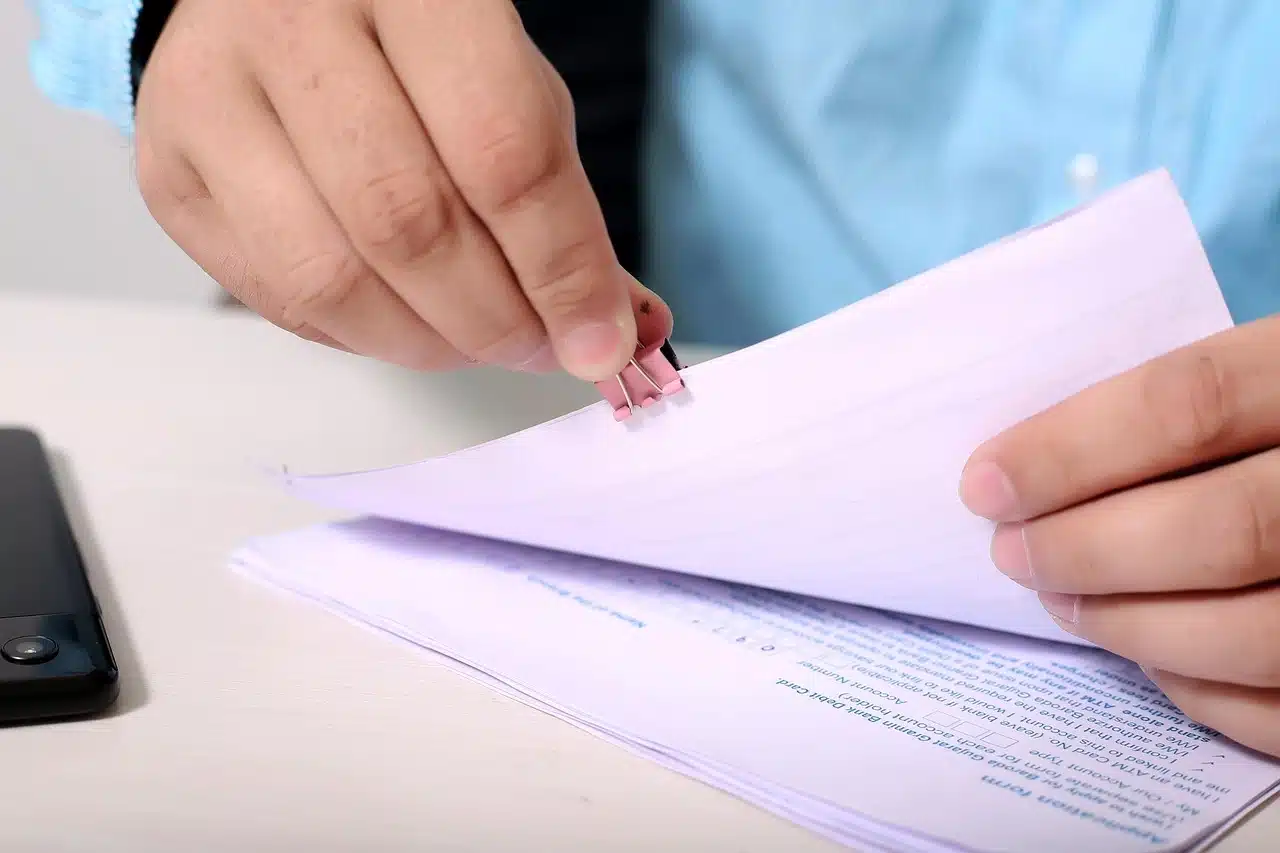How to Start Saving Money with a Low Income: Practical Tips That Work

When you’re living on a tight budget, saving money can feel out of reach. But even with a low income, small, consistent steps can make a big difference. The key isn’t how much you save—it’s building the habit and making it part of your routine.
By tracking your expenses, setting simple goals, and creating a realistic budget, you can begin to take control of your finances. Even saving just $1 a day can add up over time and create a foundation for financial stability. In this article, you’ll learn practical, beginner-friendly tips that make saving possible—no matter your income level.
Key Takeaways
- Saving with a low income is possible through structured planning.
- Start small with savings goals, like $1 per day.
- Track your spending to identify areas for improvement.
- Create a budget to stay organized and accountable.
- Utilize effective money-saving strategies tailored to your lifestyle.
- Financial awareness can enhance your financial stability.
Is It Possible to Save Money on a Low Income? Yes—Here’s How
Saving on a low income may seem challenging, but with the right approach, it’s completely doable. If you’ve ever wondered how to save money when every rupee or dollar counts, these steps can help you build consistent habits and make the most of what you have:
- Track your spending for one month
Write down everything you spend—no matter how small. This helps you spot non-essential expenses you can reduce without affecting your basic needs. - Identify small areas to cut back
Look for simple changes like cooking more at home, canceling unused subscriptions, or limiting impulse purchases. - Set a realistic savings goal
Don’t worry about big numbers. Start small—₹500 or $20 a week is a great beginning. What matters is consistency, not size. - Build a basic emergency fund
Aim to set aside ₹5,000–₹10,000 ($500–$1,000) over time. This helps protect you from unexpected costs without resorting to high-interest debt. - Use budgeting apps or tools
Apps like Mint, YNAB, or Walnut (India) can simplify budgeting, track your progress, and help you stay on course. - Lean on tools that support saving
According to research from the Center for Retirement Research at Boston College, automatic savings tools can dramatically increase saving rates—even for low-income households. - Focus on progress, not perfection
Some weeks you’ll save more than others. That’s okay. What matters is staying consistent and building confidence over time.
Every rupee or dollar saved is a step toward financial stability. Keep going—you’re building something important, even if it starts small.
Budgeting on a Tight Income: Track Every Dollar
When every dollar counts, budgeting becomes your most powerful tool. It’s not just about cutting costs—it’s about gaining control, clarity, and confidence over your financial choices.
Start with the basics:
- Track every expense. Use a notebook or budgeting app to log every purchase—no amount is too small to note.
- Know your income. List every source of money you receive, from your salary to side gigs or benefits.
- Prioritize essentials. Sort your expenses into needs and wants. Rent, utilities, and groceries come first—everything else follows.
- Give every rupee a purpose. This helps you avoid waste and makes your spending intentional.
- Review weekly. Check your budget often and adjust as needed. Small changes can lead to steady progress.
This isn’t just theory. According to a study, about 30% of the U.S. working population is in low-wage jobs, with many living paycheck to paycheck. That makes budgeting not a luxury—but a lifeline.
Simple systems, like dividing your money by purpose, support consistent saving—even if you’re working with a fixed income. Following a structure such as the 50/30/20 rule for 401k can help you plan realistically while keeping long-term savings in mind.
Small but Effective Ways to Cut Everyday Expenses
Reducing daily expenses doesn’t require drastic measures. Implementing small, consistent changes can lead to significant savings over time. Here are some practical tips:
- Prepare meals at home. Cooking instead of dining out can save a substantial amount annually.
- Plan grocery shopping. Creating a list and sticking to it helps avoid impulse purchases.
- Cancel unused subscriptions. Review and eliminate services you no longer use.
- Use public transportation. Opting for buses or trains can reduce fuel and maintenance costs.
- Unplug electronics. Turning off devices when not in use conserves electricity.
- Buy in bulk. Purchasing non-perishables in larger quantities often reduces the per-unit cost.
- Utilize cashback apps. These tools can provide rebates on everyday purchases.
Incorporating these strategies can make a noticeable difference in your monthly budget. Remember, consistent small changes often lead to the most significant long-term results.
Prioritize Needs vs Wants: A Key to Saving on Limited Income
When managing a limited income, distinguishing between needs and wants is crucial. This practice helps ensure that essential expenses are covered while identifying areas where spending can be reduced.
Needs are essentials required for daily living:
- Housing (rent or mortgage)
- Utilities (electricity, water)
- Groceries
- Transportation
- Healthcare
Wants are non-essentials that enhance quality of life:
- Dining out
- Entertainment subscriptions
- Luxury items
- Vacations
Implementing budgeting strategies that emphasize this distinction can lead to significant savings. One proven method is zero-based budgeting, where every dollar is assigned a purpose from the start of the month. This allows for greater control over expenses and ensures savings are accounted for.
Techniques like the 100 envelope challenge have also gained popularity for helping people stay disciplined and motivated while building savings consistently. For instance, adopting the 50/30/20 budgeting rule—allocating 50% of income to needs, 30% to wants, and 20% to savings—also provides a structured approach to financial management. This method, recommended by financial experts, helps individuals prioritize essential expenses while still allowing for discretionary spending and savings.
By consciously evaluating purchases and focusing on needs over wants, individuals can better manage their finances, avoid unnecessary debt, and work towards financial stability.
Conclusion
Saving money when you earn less can seem tough, but it’s doable. Start by setting small goals, like saving $1 a day. This tiny step can boost your confidence and help you save more over time. As your habits improve, you’ll begin to feel more in control of your finances—no matter your income level.
One way to build extra income for your savings? Sign up with Focus Group Panel. You’ll get access to legitimate paid studies that fit your schedule and help you earn while sharing your opinions.
FAQ
What are some effective ways to save money on a low income?
Saving money on a low income can be challenging, but it is definitely possible with the right strategies. Start by creating a budget that outlines your income and expenses. Track where your money is going each month to identify areas where you can cut back.
How can I create a budget that works for me?
To create a budget that works for you, begin by calculating your total monthly income, including any side jobs or additional sources. Next, list all your fixed and variable expenses, such as rent or mortgage, utility bills, groceries, and transportation. Deduct your total expenses from your income to see how much you have left each month.
What is an emergency fund and why is it important?
An emergency fund is a savings account specifically set aside for unexpected expenses, such as medical bills, car repairs, or job loss. Having an emergency fund is crucial as it provides a financial safety net, helping you avoid high-interest debt when emergencies arise. Aim to save at least three to six months’ worth of living expenses in your emergency fund.
How can I track my spending effectively?
Tracking your spending is essential for understanding your financial habits. You can use various tools to help you keep track of your expenses. Consider using a checking account app, budgeting software, or even a simple spreadsheet. Record every transaction, categorize your expenses, and analyze the data monthly.





